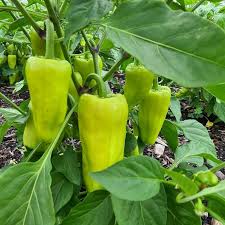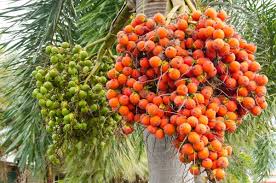Sugarcane farming requires careful planning and management practices to ensure high yields and quality crops. Here is a comprehensive package of practices for sugarcane cultivation:
1. Site Selection and Soil Preparation
Climate and Soil Requirements:
- Sugarcane thrives in tropical and subtropical climates.
- Ideal temperatures range from 20-35°C.
- Requires a well-drained, fertile loamy soil with a pH of 6.0 to 8.0.
Land Preparation:
- Plow the field deeply (30-40 cm) to break up compacted soil.
- Harrow to create a fine tilth.
- Remove weeds, stones, and other debris.
- Level the field to ensure uniform irrigation.
2. Planting Material and Methods
Seed Selection:
- Use disease-free, healthy seed cane from certified sources.
- Varieties should be high-yielding and suited to the local climate.
Seed Treatment:
- Treat seed canes with fungicides and insecticides to prevent diseases and pests.
Planting Time:
- Planting time varies by region. Generally:
- Spring planting: February-March
- Autumn planting: September-October
Planting Methods:
- Furrow Method: Most common method.
- Create furrows 10-15 cm deep and 75-90 cm apart.
- Lay seed cane pieces (setts) horizontally in the furrows with a spacing of 30-40 cm between setts.
- Trench Method: Suitable for waterlogged areas.
- Trenches are deeper than furrows, and setts are placed in a similar manner.
3. Nutrient Management
Fertilization:
- Apply well-decomposed farmyard manure (FYM) at 25-30 tons per hectare before planting.
- Chemical Fertilizers:
- Basal Dose: Apply NPK (Nitrogen, Phosphorus, Potassium) at 150:85:85 kg per hectare.
- Topdressing: Apply nitrogen in splits: one-third at planting, one-third 6-8 weeks after planting, and the final third 12-16 weeks after planting.
Micronutrients:
- Zinc, iron, and manganese may be applied if soil tests indicate deficiencies.
4. Irrigation Management
Water Requirements:
- Sugarcane requires regular and adequate irrigation.
- Total water requirement is approximately 1500-2500 mm per crop cycle.
Irrigation Schedule:
- First irrigation immediately after planting.
- Subsequent irrigations every 7-10 days during the initial stages, then every 10-15 days.
- Reduce frequency near harvest to aid in ripening.
Irrigation Methods:
- Surface irrigation: Furrow and basin irrigation.
- Drip irrigation: Efficient in water use and helps in reducing waterlogging and nutrient leaching.
5. Weed Management
Weed Control:
- Manual weeding or hoeing is done 3-4 times during the early growth stages.
- Use of pre-emergence and post-emergence herbicides as recommended by local agricultural extensions.
- Mulching can help suppress weed growth and conserve soil moisture.
6. Pest and Disease Management
Common Pests:
- Stem borers, aphids, white grubs, and termites.
Common Diseases:
- Red rot, smut, wilt, and grassy shoot disease.
Control Measures:
- Use disease-free seed canes and resistant varieties.
- Regularly monitor fields for pest and disease symptoms.
- Apply recommended pesticides and fungicides as necessary.
- Crop rotation with legumes or other non-host crops.
7. Growth and Development Management
Earthing Up:
- Perform earthing up (hilling) 2-3 times during the crop cycle to support plant growth and prevent lodging.
Ratoon Management:
- After harvesting the main crop, manage ratoon crops by cutting close to the ground.
- Apply fertilizers and irrigate promptly to stimulate regrowth.
8. Harvesting
Maturity:
- Sugarcane matures in 10-18 months depending on the variety and growing conditions.
- Harvest when the cane is mature (high sucrose content) and free from diseases and pests.
Harvesting Methods:
- Manual harvesting with knives or mechanical harvesters.
- Cut the cane at ground level to ensure maximum sugar content.
9. Post-Harvest Management
Transport:
- Transport harvested cane to the mill promptly to minimize sugar loss.
- Avoid delays and mechanical damage during transport.
10. Record Keeping and Monitoring
Field Records:
- Maintain detailed records of planting dates, varieties used, fertilizer applications, irrigation schedules, pest and disease management activities, and harvesting dates.
Regular Monitoring:
- Conduct regular field inspections to monitor crop growth, pest and disease incidence, and soil moisture levels.
Additional Tips
- Intercropping:
- Intercrop with legumes or vegetables to improve soil fertility and additional income.
- Organic Farming:
- Use organic fertilizers and biopesticides if opting for organic sugarcane farming.
- Training and Resources:
- Participate in agricultural training programs and workshops.
- Consult local agricultural extensions for updated recommendations and support.
Implementing these practices should help you achieve a successful sugarcane farming venture. For more region-specific advice, consult local agricultural extensions or experts.






